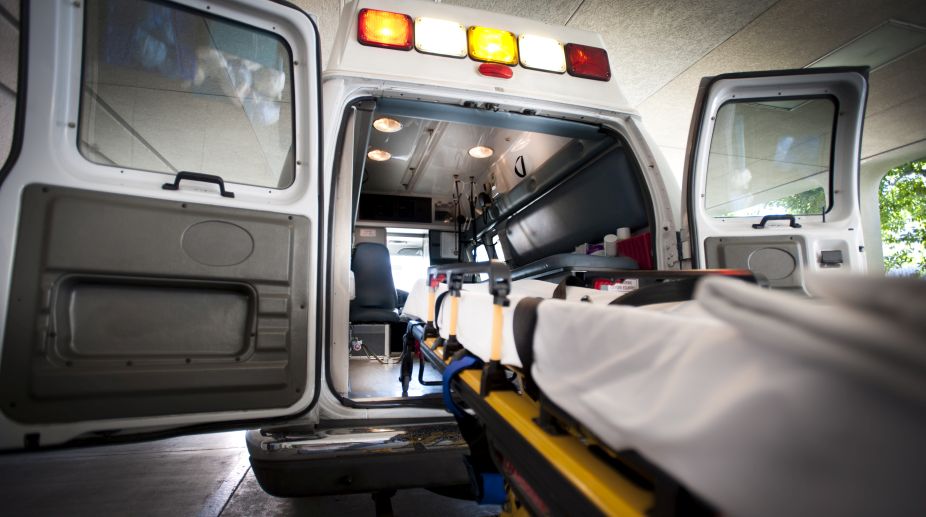Special vaccination drive from Sep 11 for children, pregnant women in Odisha
The Intensified Mission Indradhanush (IMI.50) drive will be launched in Odisha on September 11 to identify and register all children…

Representational Image (Photo: Getty Images)
Health Emergency Service being provided through the National Ambulance Service 108 has proved to be a boon in Himachal, saving many a lives since its inception. Spearheading the mission of saving lives, the emergency services, with almost 7 years on has achieved a milestone of successfully receiving One million emergencies at the 108 Emergency Response Centre (ERC) in the state since 25 December, 2010.
GVK Emergency Management and Research Institute, Dharampur State Head Mehul Sukumaran said, “The Emergency Services in the state is committed to stand by in case of any emergency to save precious human lives. In Himachal the emergency is functioning with a fleet of 198 Ambulances spread across different parts of the state. Within a short time period of 6 years and 11 month by successfully receiving 10, 00,000 emergencies in the state out of which 9, 71,459 are medical related emergencies, 22,896 are Police related emergencies and 5,645 are fire related emergencies.”
The services have proved to be a boon for pregnant women with more than 1, 97,086 pregnancies related emergency reported at 108 ERC, out of which 8674 successful deliveries been conducted with the assistance of staff in the ambulance as well at scene and 73981 (till June 2017), he added.
Advertisement
He further disclosed that the ERC at Dharampur in Solan district on an average receives 2573 calls per day out of which 99.13 % have been responded within two rings.
The Emergency Response Officer (ERO) collects the information and arranges for an ambulance to be sent to the site of Emergency at the earliest, he said, adding that the entire process is completed within a span of 88 seconds.
“Despite the difficult terrain, the scheme has been greatly successful in Himachal Pradesh with the continued support and assistance provided by the state government and National Health Mission. The average response time in urban areas has been mere 12 minutes and 19 second and 35 minutes and 33 second in the rural areas, said Mehul Sukumaran.
Advertisement